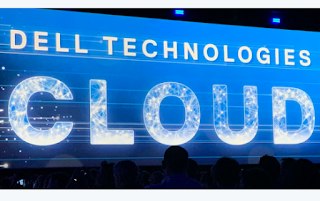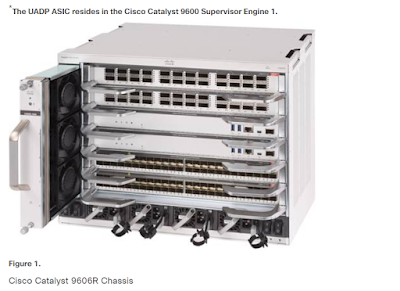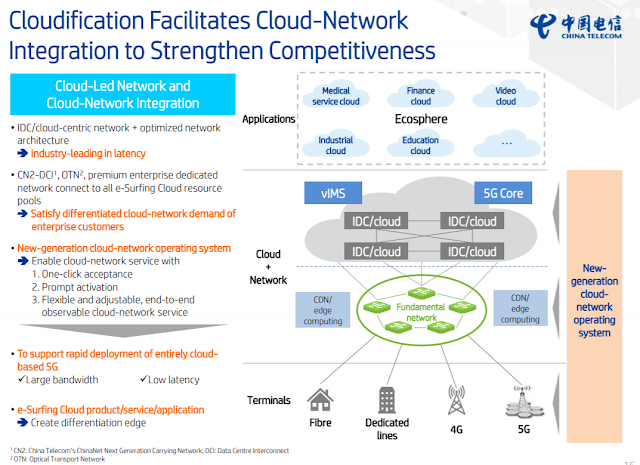Dell Technologies and Microsoft will deliver a fully native, supported, and certified VMware cloud infrastructure on Microsoft Azure.
 Azure VMware Solutions are built on VMware Cloud Foundation, enabling customers to migrate existing VMware workloads from on-premises environments to Azure without the need to re-architect applications or retool operations.
Azure VMware Solutions are built on VMware Cloud Foundation, enabling customers to migrate existing VMware workloads from on-premises environments to Azure without the need to re-architect applications or retool operations.
The companies said this collaboration will enable organizations to tap into Azure’s scale, security and fast provisioning cycles. Azure VMware Solutions are first-party services from Microsoft developed in collaboration with VMware Cloud Verified partners CloudSimple and Virtustream (a Dell Technologies company).
In a keynote address at its annual DellTechWorld event in Las Vegas, Michael Dell said “Our goal is to provide a single view from edge to core to cloud – an integrated platform for our customers’ digital future.”
Satya Nadella, CEO, Microsoft, added "“At Microsoft, we’re focused on empowering customers in their digital transformation journey, through partnerships that enable them to take advantage of the Microsoft cloud, using the technologies they already have,” said “Together with Dell Technologies and VMware, we are providing our mutual customers with an integrated cloud experience and digital workplace solutions to open up new opportunities and meet their evolving needs.”
In addition, joint Microsoft 365 and VMware Workspace ONE customers will be able to manage Office 365 across devices via cloud-based integration with Microsoft Intune and Azure Active Directory. VMware will also extend the capabilities of Microsoft Windows Virtual Desktop leveraging VMware Horizon Cloud on Microsoft Azure.
 Azure VMware Solutions are built on VMware Cloud Foundation, enabling customers to migrate existing VMware workloads from on-premises environments to Azure without the need to re-architect applications or retool operations.
Azure VMware Solutions are built on VMware Cloud Foundation, enabling customers to migrate existing VMware workloads from on-premises environments to Azure without the need to re-architect applications or retool operations. The companies said this collaboration will enable organizations to tap into Azure’s scale, security and fast provisioning cycles. Azure VMware Solutions are first-party services from Microsoft developed in collaboration with VMware Cloud Verified partners CloudSimple and Virtustream (a Dell Technologies company).
In a keynote address at its annual DellTechWorld event in Las Vegas, Michael Dell said “Our goal is to provide a single view from edge to core to cloud – an integrated platform for our customers’ digital future.”
Satya Nadella, CEO, Microsoft, added "“At Microsoft, we’re focused on empowering customers in their digital transformation journey, through partnerships that enable them to take advantage of the Microsoft cloud, using the technologies they already have,” said “Together with Dell Technologies and VMware, we are providing our mutual customers with an integrated cloud experience and digital workplace solutions to open up new opportunities and meet their evolving needs.”
In addition, joint Microsoft 365 and VMware Workspace ONE customers will be able to manage Office 365 across devices via cloud-based integration with Microsoft Intune and Azure Active Directory. VMware will also extend the capabilities of Microsoft Windows Virtual Desktop leveraging VMware Horizon Cloud on Microsoft Azure.























